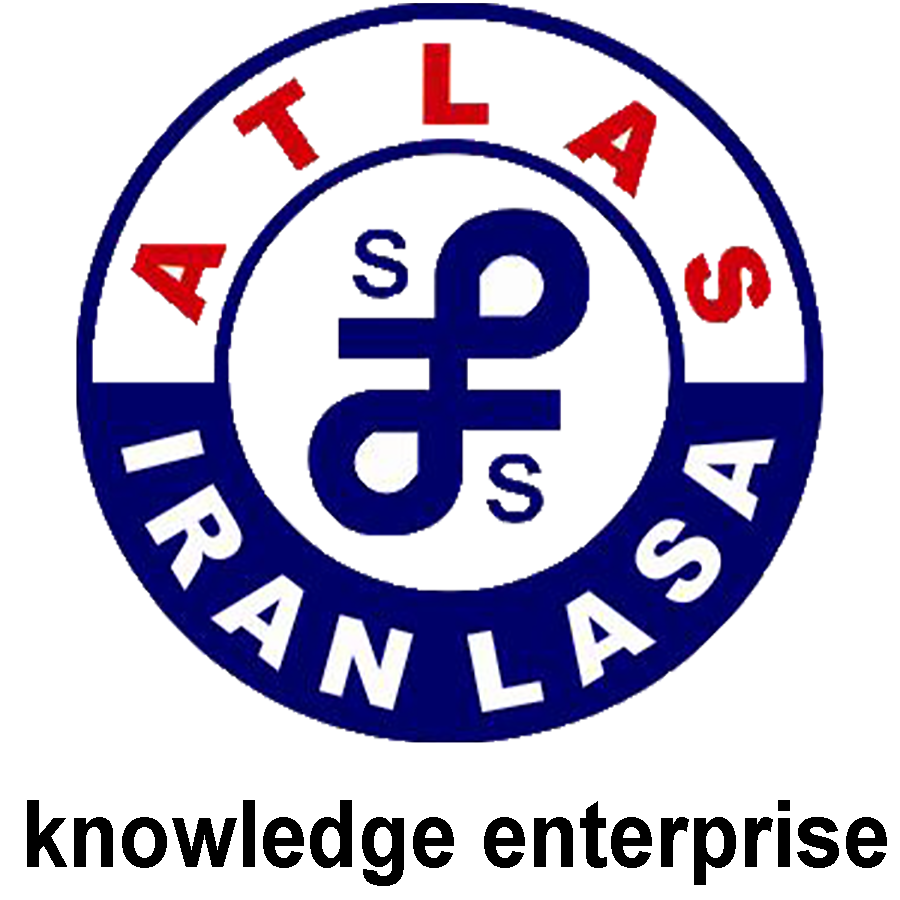In general, it is common and desirable to use various types of The help of PVC processes for PVC formulations, and without the use of additives, PVC is a brittle polymer that quickly degrades against light and high temperature. In addition, the degradation temperature of PVC is around its process temperatures, so there is a possibility of polymer degradation during the process.
In this part, one of the most important PVC additives, i.e. process aids, has been examined. Until about 80 years ago, PVC was the only material that was studied in universities. In 1940-1950, softened PVC became an important commercial plastic. In these years, many efforts were made to find an additive that can help the processability of PVC and at the same time does not have a softening effect.
In the years 1950-1960, acrylic polymers with high molecular weight were known and used as the best aid in the process of PVC formulations. The initial ideas to improve the processability of PVC included reducing the molecular weight of the resin, preparing copolymers of PVC and vinyl acetate, and using small amounts of softeners. But these ideas were not very accepted due to the limitations they created in terms of process and properties.
About twenty years after the patent for the first softened vinyl plastic product was granted to Simon from BF Goodrich, the patent for the first process aid was also granted to another scientist named Garlan from the same company. In this patent, there was a copolymer process of acrylonitrile and styrene. But about five years later, another invention was registered by Edchagerl from BF Goodrich, in which copolymers of alkyl methacrylates and styrene were discussed.
The role of process aids in PVC compounds
In general, the help of processes facilitate the processability of PVC formulations and increase the strength of the melt. At the same time, these materials help to homogenize the formulation and improve the elastic returnability of the formulation after leaving Hodeidah.
It should be mentioned that some researchers believe that the improvement of processability is the faster melting of the formulation, and as a result, they consider the main role of helping the processes to increase and improve the melting speed of the PVC formulation. While rapid melting of the formulation is not always desirable. Because sometimes with the increase of the melting speed, the uniformity of the melt is disturbed.
Increasing melt uniformity
PVC particles have an unusual structure, which makes the complete melting process of its formulations difficult. This special structure arises due to the unique characteristics of VCM polymerization in mass or suspension polymerization and also due to the insolubility of PVC in VCM. First, polymer chains are deposited and form small areas with a diameter of about 0.1 micron, and then these particles accumulate and become new particles with a diameter of about 1 micron, which are called primary PVC particles.
step The help of PVC processes
In the next step, these initial particles are placed together to form larger polymer particles with a diameter of about 100 microns. This structure of PVC particles is formed in all polymerization methods. But in some polymerization methods, the structure may change slightly after the production of polymer particles. For example, in the suspension polymerization method, the produced polymer particles are covered with a shell consisting of vinyl chloride copolymer and stabilizing agents. Therefore, due to the presence of this shell, it is not possible to achieve a uniform and complete melting of the PVC formulation only by applying heat.
The impact of the presence of a process aid in the PVC formulation can be shown using torque diagrams in terms of temperature. Of course, it should be noted that the entanglements between process aid molecules and PVC chains also play an important role in increasing the amount of adhesion and improving the mixing of the mixture. At the same time, with the progress of the process, the degree of entanglement plays a more important role in increasing the elasticity of the melt.
Considering the importance of the uniformity of the PVC melt, researchers have tried to evaluate the uniformity of the melt using different methods. In this regard, Genza used a capillary tube rheometer that had a short length of iron to check the melting state of PVC at different process temperatures.
Roskozka and Mirz also investigated the effect of the process temperature on the melting state, and from the observations of these researchers, it can be seen that the help of the process creates some additional entanglement in the formulation.
The effect of The help of PVC processes on the strength, tensile strength and elasticity of the melt
Separating the importance and effects of these three molten properties is not an easy task, therefore, each one is briefly introduced first. Melt strength is actually a measure of two properties, tensile viscosity and elasticity. Tensile strength is the ability to withstand the change of large tensile forms of PVC melt without tearing.
Advantages of using process aids in PVC forming processes
extrusion
The extrusion process of a certain PVC formulation has been carried out in two modes without process assistance and with phr2 process assistance. In addition, to some extent, they also cause faster and more complete transfer of materials along the spiral and as a result increase the output of the extruder. In Hodeidah, by using the process aid, the strength of the melt will be increased and there will be better dimensional control, and as a result, less waste. Another advantage that can be obtained by adding the process aid to the formulation is better toughness, reducing the phenomenon of melt fracture and particle accumulation. On iron, as a result, less cleaning time and better surface properties of the products.
Thermal forming / calendering
Using the help of high molecular weight processes in the formulations used for thermal forming methods has beneficial effects such as increasing tear resistance. But it should be noted that sometimes this additive may cause the formulation to harden too much and as a result increase the temperature and heating time to achieve a uniform mixture and as a result increase the process time. During the calendering process, problems may arise for the viscosity of the formulation. In other words, the help of the high molecular weight process can create a high torque between the calendering rollers.
In addition, sometimes it is possible on the calendered films that are supposed to be in the thermal forming method
are used, the defect of current effect will be created.













بدون دیدگاه